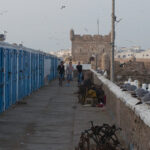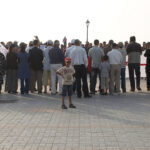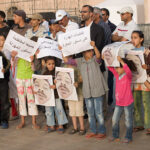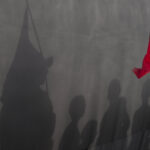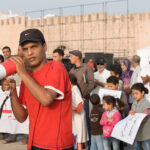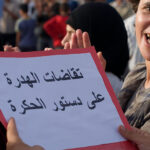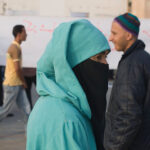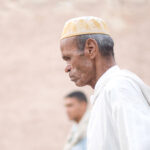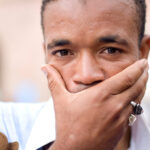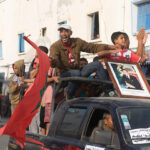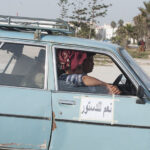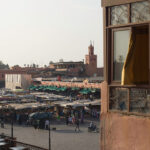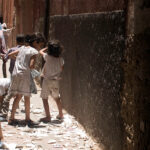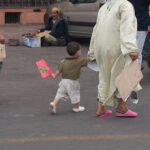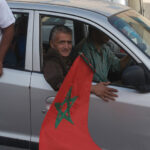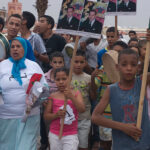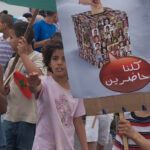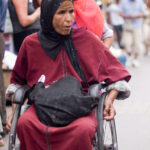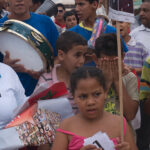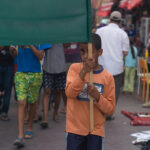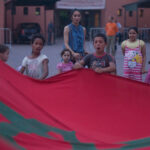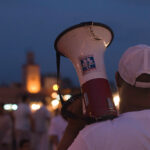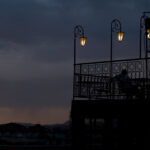Morocco from Below
2011
“Ce qui échappe à l’histoire, c’est l’ instant, la fracture, le déchirement, l’interruption. L’Énigme du soulèvement.”
Michel Foucault
Morocco from below is a visual essai about the transition of political consciousness in Morocco, after the events of the Arab Spring. It is an alternative historical narrative from the perspective of mass movements, the oppressed and subaltern people.
Much of Morocco’s wealth is concentrated in the hands of the royal family and an exclusive elite while unemployment is rising and young people are tending to leave the country, fuelling illegal immigration into Europe. Despite everything, the Monarchy enjoys a good reputation in the West and in the tourist industry.
After announcing reforms, on 17 June 2011 King Mohammed VI promulgated a new constitution and announced that a popular referendum would be held.
The most relevant points were gender equality, civil rights, the recognition of Berber idiom (Amazigh) as official language alongside Arabic and a judicial system independent from the legislative and executive powers.
Opposition arose, but also consensus.
The 20th February Movement proposed a boycott.
This movement (named after the first demonstration in Morocco) was founded in 2011, in the wake of events in Tunisia and Egypt. It was formed from a mixture of labour unions, human right organizations and Berber and Islamic groups. Its aims are to obtain more democracy, social justice, independence of judicial system and a new constitution.
The issues that the democratic movement denounced were that the King’s sovereign powers remained unconditional and that the new constitution would not produce real change, because of the absence of real political opposition and of freedom of expression.
The promises of “participation, pluralism and a constitutional and social monarchy” were aimed at the international community to ensure the country continued to receive funds from financial institutions.
Tahir square has become emblematic of this assembly of bodies on the street who first demanded the dissolution of the Mubarak regime and then continued, in different configurations, to arrive on the street en masse to object to various policies.
Which kind of “we” is this who assembles in the street and asserts itself by speech and/or gesture?
